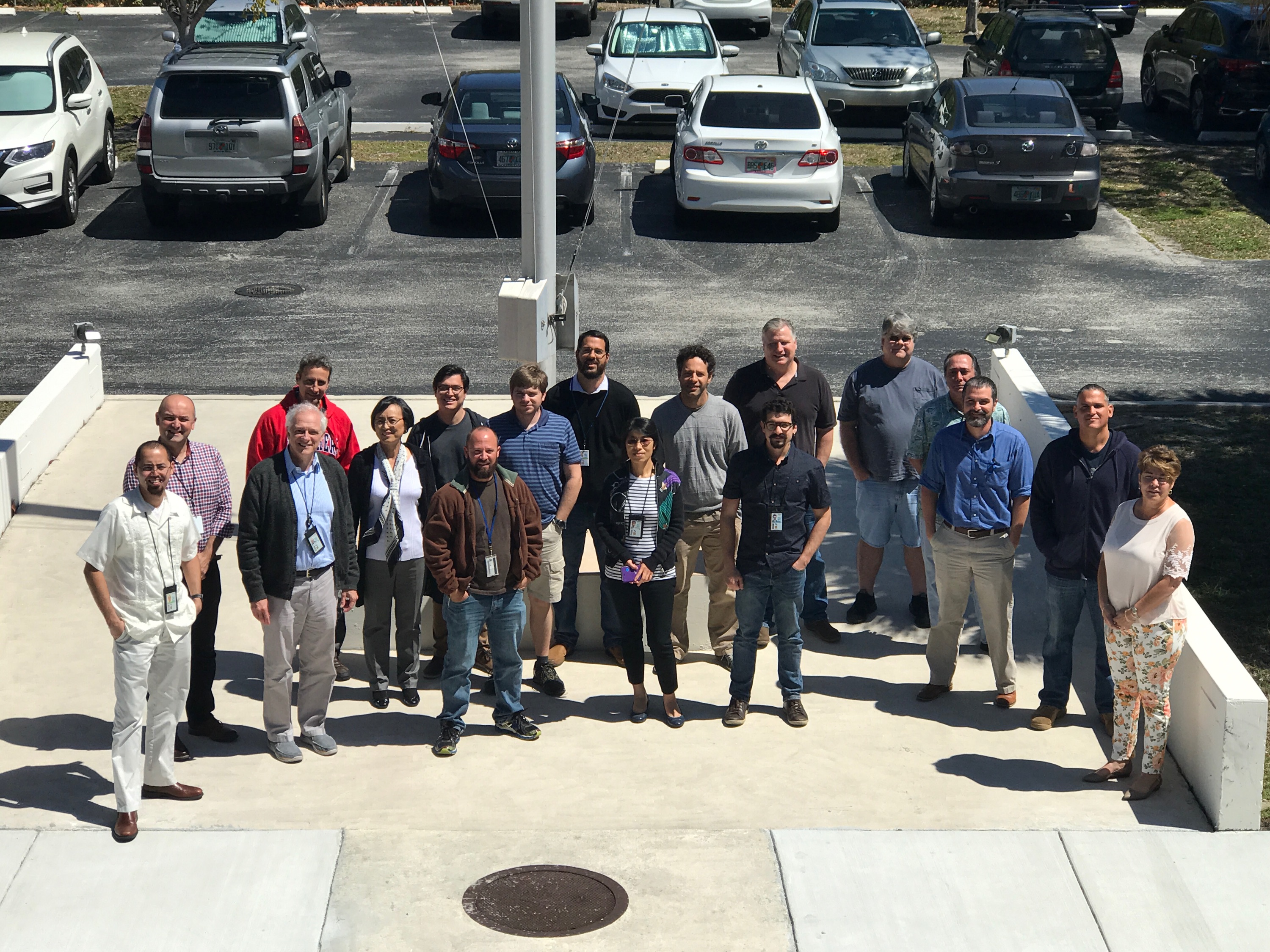XBT DATA APPLICATIONS
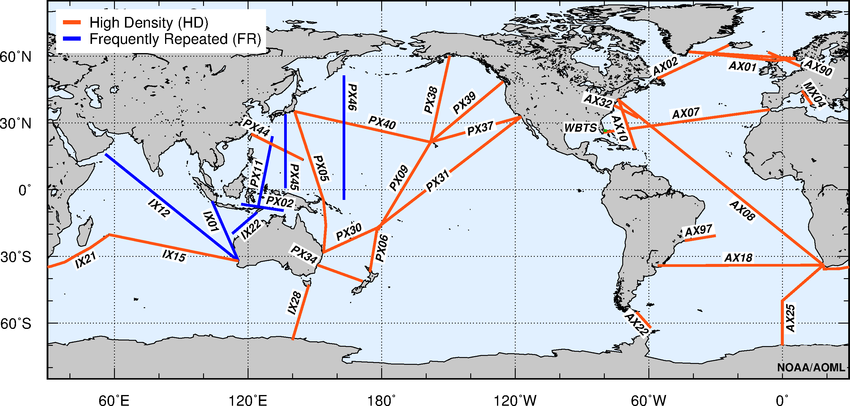
XBT Science Team
The eXpendable BathyThermograph (XBT) Science web pages provide easy access to XBT data, XBT-derived products, and other XBT-related scientific and operational information.
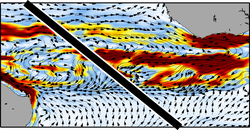
Ocean Currents Monitoring
The Ocean Currents Monitoring web pages present assessments of the spatial and temporal variability of velocity and transport of key oceans currents using expendable bathythermograph observations as the main data set.

Meridional Heat Transport
The Meridional Heat Transport (MHT) web pages provide quarterly reports for the North and South Atlantic MHT using data from the AX07 and AX18 expendable bathythermograph transects, respectively.
Temperature Section Analysis
The Temperature Sections web pages displays the location of all temperature profiles deployed along specified expendable bathythermograph transects, mean along-transect temperature sections and time their evolution at selected depths.
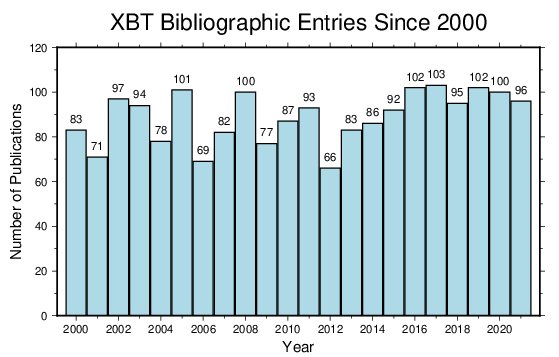
XBT Bibliography
The Bibliography web page shows a list of scientific and technical publications that use since 2000 eXpendable BathyThermograph (XBT) data.
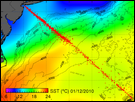
The Oleander Project
The Oleander Project web pages highlight some of the results derived from expendable bathythermograph data obtained from the MV Oleander across the Gulf Stream.

